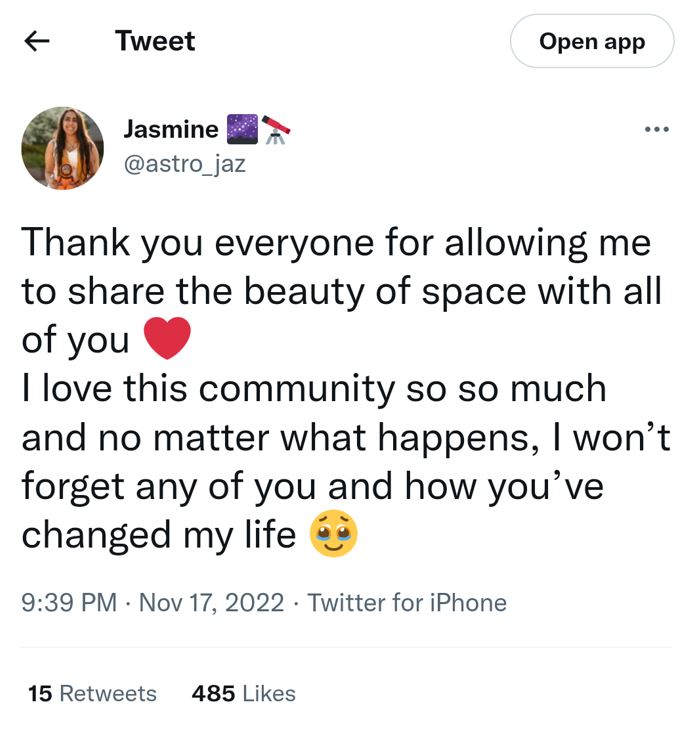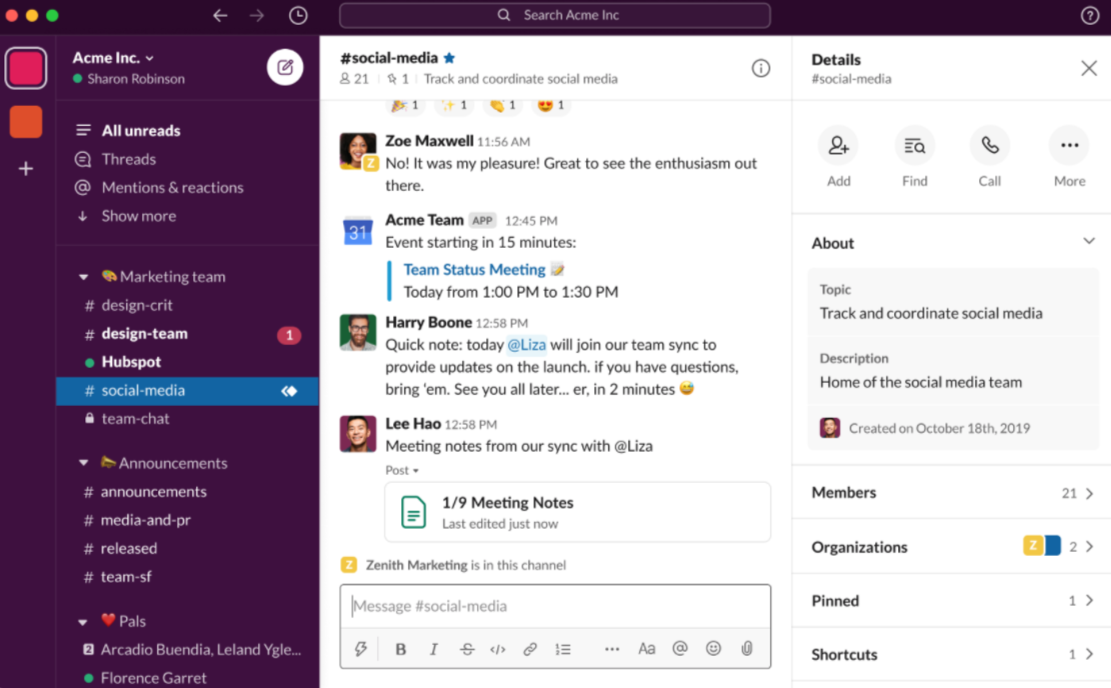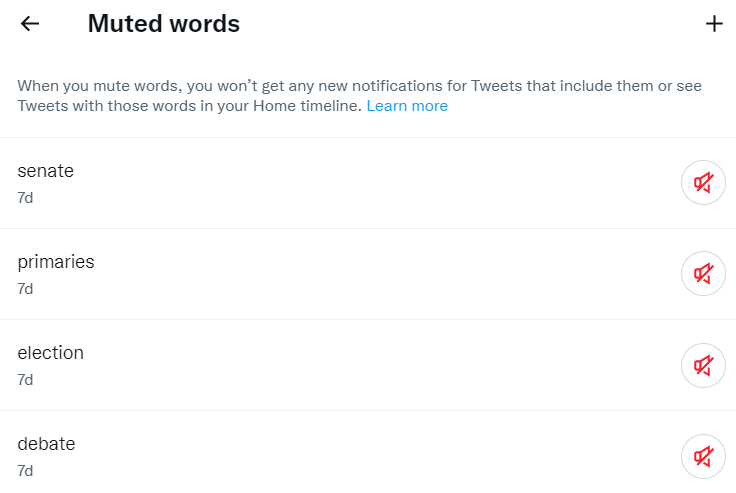The link between social media and mental health is well-documented.
We know there are pros and cons of social media use, but it’s important to remember there is a human working hard on the social accounts of your favorite brands. For every wholesome piece of social content we see, there’s drama and depressing news to offset it.
Food for thought: daily social media usage has peaked at an average of 147 minutes per day. More and more of our day-to-day interpersonal interactions happen via smartphone screens.
Still, society’s spotlight on social media is driving productive conversations about mental health. Not to mention addressing the stigma associated with those who struggle.
Below we break down how to manage mental health and social media. This includes healthy habits and tips for navigating it both personally and professionally.
Social media and mental health: the big picture
Consider that one in five Americans report receiving treatment for their mental health. Given how integral social media is to our daily lives, we can’t afford to ignore its impact on our well-being.
That includes the good and the bad.
Let’s kick things off by digging into both sides of the debate.
Why is social media bad for mental health?
Social media gets a bad rep when it comes to mental health. It’s not totally unfounded when you consider the following.
Pressure from FOMO and “always on” culture
Being connected to friends, colleagues and the rest of the world 24/7 is both a blessing and a curse.
Enter the “always on” nature of social media. That is, an unspoken (and sometimes explicit!) pressure to be active.
Always listening. Always present. Always posting.
This has led to the phenomenon of FOMO (fear of missing out) and the pressures that come with it. This includes the pressure to…
- Stay informed. From a never-ending news cycle to ads and updates, there’s a constant flood of content to consume. Keeping up with it all is downright overwhelming. This includes content we want to see.
- Respond. This applies to both personal and professional social media use. Expectations are high when it comes to response time for consumers. Leaving anyone on read feels like a no-go.
- Post. Many people feel compelled to post even when they don’t want to. Research says that 45% of Gen Z claim that there’s too much pressure to be perfect on social media.
Negative news and conflict tend to thrive in social feeds
The inner workings of social media algorithms are complicated.
That said, conventional wisdom says algorithms tend to favor whatever earns the most clicks, comments and shares.
And in many cases, that ends up being controversial or conflict-driven content.
This creates a snowball effect of negativity in our social feeds. The more interactions a controversial or debate-bait post gets, the more fuel for the algorithm. Coupled with the pressure to be “always on,” negative habits such as doom-scrolling are now common.
Ill effects of excessive screen time
As noted earlier, the amount of time spent on social media is on the rise.
This is a big concern among parents on behalf of the younger crowd. There’s been ample research published on the negatives associated with too much screen time. This includes:
- Fatigue
- Depression
- Poor sleep quality
Sure, nobody is forcing us to stare at screens all day (unless it’s part of your job). Smartphones are a non-negotiable part of modern life for most Americans. That doesn’t negate these potential health problems, though.
How does social media help people improve their mental health?
The potentially negative effects of social media are clear.
That said, we shouldn’t outright ignore the positive impact that social media. Below we highlight how social serves as a net positive for our mental well-being.
Raising awareness to support issues and people
Platforms like Twitter and Instagram have fostered countless conversations regarding social issues. Specifically, issues that people otherwise may not encounter face-to-face in their communities. This includes:
- Resources for mental health and treatment
- Awareness of social and political causes (#FightFor15 or #InsulinForAll)
- Support for marginalized groups
From racism to misgendering, #LGBTQ youth experience harm by the constant rhetoric they see online. Find out here how you can support them. https://t.co/aJM2UZUIWC pic.twitter.com/rhDxX91MUW
— The Trevor Project (@TrevorProject) December 12, 2022
Community-building and relationships
Despite its flaws, social media objectively offers a place for people to come together.
This includes community-building for folks from all walks of life. From artists connecting with fans to friends staying in touch, making connections via social is possible. Not to mention easier than ever.

Possibilities to connect and learn regardless of geography
If nothing else, social media democratizes information and communication.
Consider how many people use social media exclusively to communicate. With over six billion smartphones in the world, social platforms provide a place to connect, share and learn.
How to prioritize mental health as a social media professional
Tackling social media burnout is tricky.
Because logging off is easier said than done when your job is tied to social media interactions.
Dealing with negativity and even abuse from social strangers is bad enough. Juggling those tough conversations with the problems noted above makes it all seem worse.
If it all feels like too much to deal with, take a step back. Below are some pointers for maintaining your mental health as a social media professional.
Set limits and boundaries
This is the big one. Advocating for yourself in a professional role is crucial. That means setting boundaries in terms of what is acceptable in your day-to-day duties. We recommend setting limits when it comes to:
- Comments and criticism from customers. Acknowledge when a customer is being unreasonable or hostile. There’s a line between confrontation and harassment that customers shouldn’t cross. Reserve the right to step away when they do.
- Assistance and support. Know your role and scope of work. Just because you work in social media doesn’t mean you have to be a therapist or conflict mediator.
- Logging off. When you’re off the clock, you’re off the clock. Separating your personal and professional social media should be a priority. This might require some getting used to if you work remotely. That said, being “on” 24/7 is mentally draining.
Lean on your team
Ironically enough, working in social media can be pretty lonely.
Chatting with customers and publishing content won’t satisfy your need for personal interactions.
This speaks to the value of collaborating with your team and communicating with them consistently. You should feel supported and likewise support those that might be facing burnout themselves.
Many companies use Slack for this very reason. For example, some teams have dedicated channels for celebrating each other or sharing memes. Think of your team channel as somewhere to get a serotonin boost throughout the day.

Inject some personality into your professional presence
Making connections with others is possible through content. For example, many brands go out of their way to show off their human side via social. Granted doing so aligns with your brand, some ideas include:
- Wholesome or playful content “just because”
- Behind-the-scenes content or content as you (versus your business)
- Inspirational or motivational content
Brands often benefit when their social media presence isn’t 100% suit-and-tie. You might even be able to integrate conversations about mental health into your content calendar (think: Mental Health Day).
Break up your tasks so they’re more mentally manageable
Pro-tip: don’t create needless stress for yourself.
Put the “always on” nature of social away unless you’re in a service-centric role. Even then, you don’t need to grind away at tedious tasks without breaks. Consider time management methods like the Pomodoro technique. Break up your most mentally taxing tasks into chunks versus tackling them all at once.
Unless you’re dealing with a true emergency, chances are social replies from customers and colleagues can wait a minute or two. Give yourself some breathing room.
Move around (like, literally)
The value of simply getting up and taking a breather can’t be overstated.
Depending on your situation, that might mean a yoga break or a 10-minute walk. It could also be a few seconds to stand and stretch. The correlation between sit-stand desks and productivity is notable.
If nothing else, make a conscious effort to take breaks away from your screen. That includes your smartphone, too. Maybe that means taking notes by hand or taking a call without your webcam on. Find what works for you.
4 tips for healthier social media usage in your personal life
Developing healthier habits professionally is easier when your personal social use is stress-free.
To wrap things up, let’s look at some tips for ensuring a healthier social media diet in your personal life.
1. Keep your personal social media truly personal
Most social media professionals don’t double-dip their private and personal accounts.
That said, you can take things a step further to protect your mental health. This includes:
- Setting boundaries and being firm about logging off. Again, work notifications can wait.
- Unfollowing (or reducing) industry-related accounts in your personal feed.
- Avoiding “professional” networks (LinkedIn, sometimes Twitter) for more “authentic” ones (BeReal, TikTok)
2. Curate a positive social feed
Despite popular belief, fighting back against negativity from social algorithms is possible. A few ways to this include:
- Regularly interacting with accounts related to your personal interests and hobbies
- Muting accounts and words that could potentially stress you out (see below on Twitter)
- Be selective about who you follow to reduce negativity in your feed

3. Consider occasional social media breaks
Fact: more and more teens report taking voluntary breaks from social media. Week-long breaks are surprisingly common.
The concept of “digital detoxing” is all the rage right now. That doesn’t mean you have to destroy your phone and live in a cabin to “unplug,” though.
How long you take your break to go is up to you. We recommend thinking of breaks as a healthy challenge. Start with a day or two and then assess from there. You might be surprised by what happens when you free up your time.
4. Prioritize activities that limit screen time
Having hobbies that don’t involve social media or screen time is always a plus.
And despite popular belief, Netflix is not a hobby.
Try to keep your hands and brain busy. Whether that means cooking, crafting or working out is up to you. It never hurts to go outside of your comfort zone.
How do you manage social media and mental health?
Finding a healthy balance between your social presence and your well-being isn’t always easy. The tips above can be a solid starting point.
We love all things social, sure. Of course, your mental health should always come first. This is especially true for professionals in the field.
And if you want to curate a positive presence, consider how Sprout Social’s social media publishing features can help automate your tasks and free up your time.
The post Social media and mental health: how to find a healthy balance appeared first on Sprout Social.
